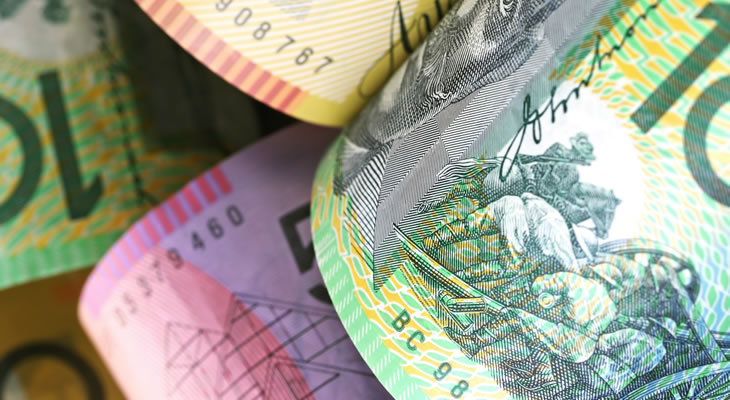The Pound to Australian Dollar exchange rate slipped from its Monday highs on Tuesday. Demand for the Pound was solid thanks to domestic stats.
Meanwhile, the Reserve Bank of Australia’s (RBA) mixed tone in its latest meeting minutes weighed on the ‘Aussie’. This limited its Tuesday recovery against the Pound.
While the RBA was optimistic about Australia’s economic outlook, it indicated that low interest rates are here to stay for a while.
The bank was sure to highlight the unexpectedly strong contraction in Australia’s Gross Domestic Product (GDP) in Q3 2016. While growth improved in Q4, the bank stated that rates should remain low in order to support growth.
This has left the recently bullish Australian Dollar in waiting mode. Traders were previously hopeful that it wouldn’t be long before the RBA took up tighter monetary policy again.
Ultimately, this week’s RBA minutes gave investors the impression that Australian growth could slow down again in the coming months and rates would remain slow for a while in precaution.
The ‘Aussie’ was able to benefit from the general optimism of the RBA, but long-term uncertainty about interest rates and economic growth weighed on its best levels.
If the Australian economy does slow again in 2017, the ‘Aussie’ could easily shed much of its recent strength.
The RBA minutes also indicated that the value of AUD was making the economic move away from mining more complicated.
This also implies however that the RBA sees the ‘Aussie’ becoming less correlated to the value of iron ore, Australia’s most lucrative commodity, in the future.
Iron ore prices have been significantly strong lately. On Monday, the commodity hit a fresh 30-month-high. Despite this, the Australian Dollar has not benefitted notably.
Mixed outlooks for Australia’s long-term economic movements have limited its strength against the Pound this week, allowing Sterling to benefit from UK ecostats.
Tuesday saw the publication of Britain’s January public sector net borrowing results, which improved from -£4.24b to £9.82b. This was the nation’s best borrowing surplus since 2000, which impressed traders.
In the long-term, this strong borrowing figure indicates that Britain may not struggle with its deficit targets during the Brexit process as feared.
However, the UK Treasury remained cautious. A spokesperson for the Treasury stated;
‘We remain committed to returning the public finances to balance and building on our progress in reducing the deficit from 10% to 4% of GDP over the last six years. Next month the Chancellor will deliver his Spring Budget based on updated forecasts from the OBR.’
This optimistic report allowed the Pound to hold its Monday gains. On Monday, Sterling benefitted from new hopes that the House of Lords could make amendments to the conditions of activating Article 50.
For example, some speculate the House of Lords could make securing the citizenship rights of EU nationals living in UK a condition of the Brexit bill.
This would improve the long-term Pound outlook, as concerns would fall that EU businesses and workers would be ejected from the UK after Brexit.
The long-term Pound outlook will also be influenced by this week’s preliminary Q4 UK GDP figures. If they impress traders it will decrease concerns that Britain’s economy will slump due to a slowing retail sector.
However, if it comes in below expectations, Britain’s 2017 growth outlook will drop. This could leave GBP AUD weaker even if Australia’s growth also slows, as traders become increasingly concerned about the Brexit process once again.
At the time of writing, the Pound to Australian Dollar exchange rate trended in the region of 1.62. The Australian Dollar to Pound exchange rate traded around 0.61.


Comments are closed.